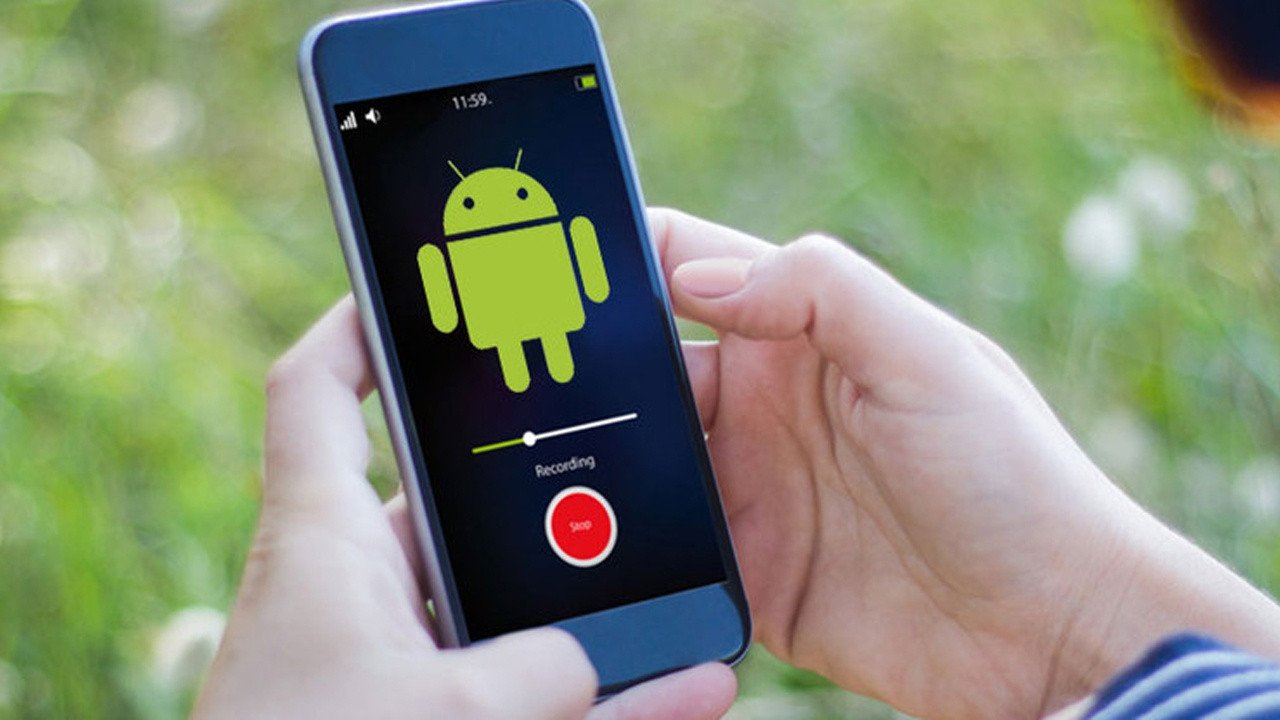It never fails. Just in case you need to make or receive calls on your iPhone when you are in an area with little or no cellular signal. This is one of the most frequent occurrences when at home or at work in a large building away from windows.
But the good news is that the iPhone has a great feature,
Wi-Fi calling, which can take steps and still allow you to make and receive calls. We’ll explore what Wi-Fi Calling is, if it’s available with your carrier, and how to activate the feature.
What is Wi-Fi Calling on your iPhone?
Instead of using the cellular network, Wi-Fi calling on the iPhone uses any wireless Internet connection to make and take phone calls.
So instead of relying on a strong cellular signal, the feature allows you to stay in touch in many more places.
With an iPhone, your wireless carrier also needs to support the feature. Visit this page on Apple’s site to see if your carrier supports the feature. The good news is that most carriers in the United States support Wi-Fi calling.
Setting Up iPhone Wi-Fi Calling
Most importantly, make sure that your iPhone is running the most up-to-date software. To check if an update is available, go to Settings > General > Software Update. There are many reasons why you should always keep your iPhone updated.
After confirming that Wi-Fi Calling is supported by your carrier, take your iPhone and select Settings > Phone > Wi-Fi Calling. Toggle on Wi-Fi Calling on This iPhone.
Before finishing, you may need to enter or confirm your home address for emergency services. In case of emergency, first responders need an address in order to better respond to the call.
How to make Wi-Fi calls on your iPhone
The good news is that you don’t need to do anything to use Wi-Fi Calling on your iPhone. Whenever the iPhone detects that the cellular signal is weak or non-existent, it will automatically switch to Wi-Fi calling.
You can see it in the status bar of your iPhone. Wi-Fi will appear after your carrier’s name.
Making a call over Wi-Fi is just like making a call through a cell network. Your phone number remains the same and your caller ID will show the information associated with the cellular account.
During a call, if you lose the Wi-Fi connection, iPhone will automatically fall back to a cellular signal so you don’t lose the call. There is no charge to use Wi-Fi Calling.
If for some reason you encounter problems with Wi-Fi calling, be sure to try these steps to troubleshoot the issue.
Using Wi-Fi Calling from Another Apple Device
As a nice touch, Wi-Fi calling isn’t just for your iPhone. If your carrier supports Wi-Fi calling on iCloud connected-devices, you can receive and make calls from other Apple devices such as iPad, Mac, and Apple Watch.
To add another device, go back to Settings > Phone > Wi-Fi calling. Next, select Call on other devices. Toggle on Allow calls on other devices.
Any available devices will appear under Permission Call On. You can turn on each separately. When you turn on Allow calls on other devices, Wi-Fi calling will automatically be enabled for any Apple Watch.
To make a call from an iPad or Mac, open FaceTime, then select the + button. Enter a contact name or phone number. Then tap that information and select the icon with the handset and the word audio.
For Apple Watch calls, open the Phone app and select Contacts. Select the Phone icon .
If you ever change your mind, and want to disable Wi-Fi Calling from a device, go to Settings > Phone > Wi-Fi Calling on your iPhone. Toggle off the selected device under Calls on other devices.
Always Be Available With iPhone Wi-Fi Calling
With Wi-Fi Calling on your iPhone, you can still stay in touch no matter how good your cellular signal is. And it’s always nice to be able to take and make calls on your other Apple devices without missing a beat.



